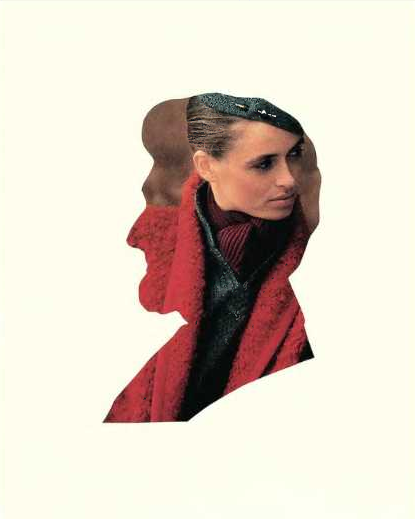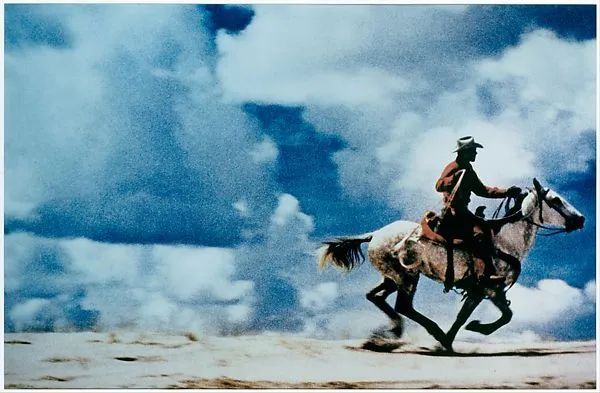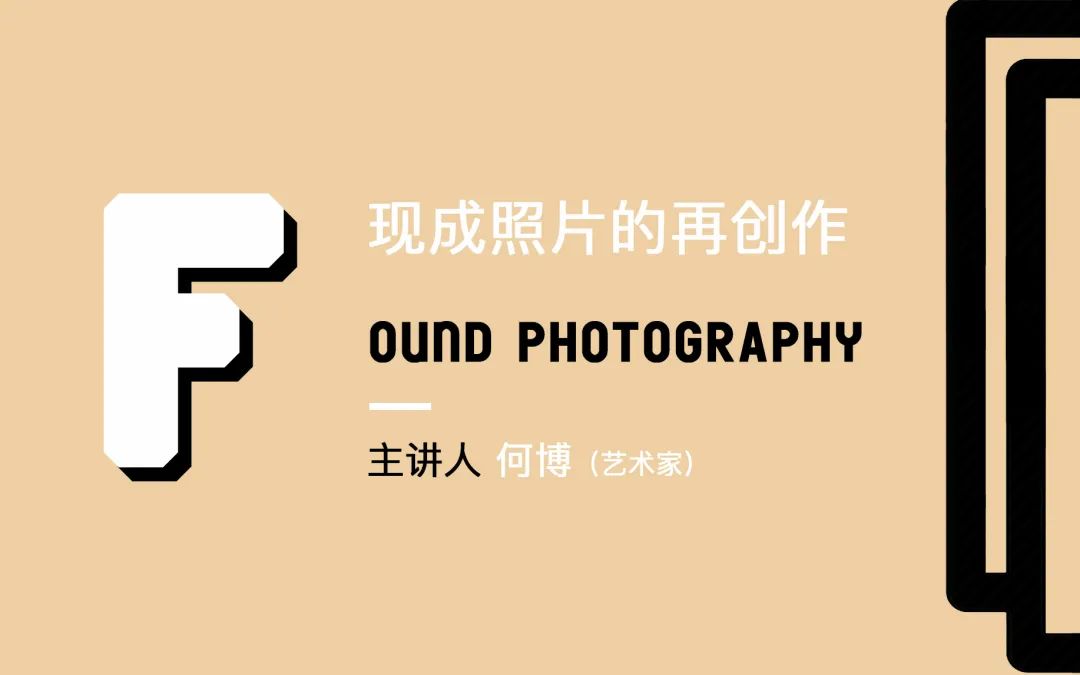Image and Image Generation . . Peter Sgerda

© Richard Prince
Image.
Translation Li Xin
The Metropolitan Museum of Art's exhibition "The Image Generation" dates back to the 1970s, when the avant-garde art of the Academy of Arts, a greenhouse orchid, faded in the new York art world by 1984 (the deadline for the exhibition). The movement's far-reaching signature approach is misappropriation: stealing or imitating existing images, destroying and/or delaying rhetorical inventions.

Exhibition "Image Generation: 1974-1984", 2009
If one exhibit represents all of the work, it's a photograph from the 1979 series by artist Sherrie Levine, who cut fashion ads in fashion magazines based on the head contours of George Washington and Abraham Lincoln. We see the holy president alternating intermittently with elegant models (silhouettes, color photography). Our brains cannot immediately understand both forms, and so do our hearts. The image cannot be neutral. They are closely related to the political and social ties based on the concept of "America".

© Sherrie Levine

© Sherrie Levine
Even the rest of the "image generation" (photos, paintings, sketches, collages, installations, sounds, movies, videos, and albums, magazines, memorablics, etc.) is often eye-catching and occasionally witty, but slightly rough. In the particular case of self-portrait photographer Cindy Sherman, it's remarkable.

© Cindy Sherman
The exhibition was held at the Metropolitan Museum of Art's new floor-to-ceiling, spacious photographic gallery and was organized by the Deputy Director of the Photography DepartmentDouglas EklundIt tells the story of two art gangs gathered in New York. In soHo in the late 1970s, it was a paradise to study at the California Institute of the Arts or the State University of New York at Buffalo. Students at the California Institute of the Arts can be taught by John Baldessari, a conceptual artist and legendary teacher. In his assignments at Baldesari, he instructs students to shoot an anthods of old screenplays they perform them themself. The result was a compilation of scripted material from 1973 to 1977 and a awakening of an era infected by jean-Luc Godard's restrained passion. ]

© David Salle

© David Salle
The star of the California Institute of the Arts is David Salle, who is known as a painter after breaking with most of his disliked peers. He is also a key ally and rival of Julian Schnabel, America's new expressionist knight. Saar's early works, which appear in the exhibition, include elaborate and eerie installations by a set of shivering photographs (laughing racing girls, bare-chested African dancers), sad music, flickering lights that Eklon ad fittingly describes as "the church of exotic religions";

© Robert Longo

© Robert Longo

© Robert Longo
Among the students of the university's class is a student couple: Cindy Sherman dressed up at a party to amuse her partner; Robert Longo is obsessed with idols in mascultural film plots. Richard Prince is a versatile prankster who made a name for herself in his early years by copying Marlboro cigarette ads, Barbara Kruger is known for her cleverly conceived feminist posters, and Sherri Levine's re-capture of Edward Weston and Walker Evans has been a success because of the artistic mystery of the creators. The three joined the art movement spontaneously and independently with a firm attitude. Photographer Louise Lawler deserves special attention for photographing expensive artworks from a cold perspective in her gorgeous apartment, as the privileged young people who came home from college fearlessly and ruthlessly pointed to their parents' aesthetics.

© Richard Prince

© Barbara Kruger

© Sherrie Levine

© Louise Lawler
To mediate the comedy of the exhibition, take a look at the video work of michael Smith, a talented performance artist.Baby Ikki, 1978). He plays a child in diapers, hobbling through a car in Lower Manhattan, leading to laughter from passers-by, and angry police officers rudely taking him away from danger. Eklund writes that Eklon represents a generational position that "is being young in order to integrate into mainstream American culture." Rao is so, he is a funny man.

© Michael Smith
I missed the "Pictures" exhibition in the fall of 1977 at artists Space, a publicly funded gallery, by criticsDouglas CrimpPlanning, is a wave and immediately become a legendary group exhibition. Levine and Longo were among them, with Sal, Sherman and Prince not attending. It was an experimental event, and Californian Jack Goldstein's short film was telling: MIG lions were roaring and trained German shepherds were shouting on time.

© Jack Goldstein

© Jack Goldstein
Longo's work foreshadowed later large-size paintings, and the bullet-hit director's photographs of well-dressed citizens became virtual symbols of New Wave art, three of which hung in the lobby of the Metropolitan Museum of Art. However, this exhibition foreshadows a rapid rise in heterogeneity:The precocious and intelligent mindset in art should be guided by critical topics, not by following others.

© Robert Longo
A few artists have been associated with Saar, preaching a trend of painting, driven by a new style that has emerged in the revived art market, in Italy (but briefly) and in Germany (which is not the case). As a popular phenomenon, the art of images is blurred into raucous scenes such as graffiti, club performances, DIY movies and videos, and the wantonness of young people on the Lower East Side.

© Cindy Sherman
It wasn't until an exhibition in 1982 that I was shocked by Sherman's widescreen color photographs (she played an anxious or weak woman in a lonely picture of a cinemated composition) and realized that the image artist was too clever to hold on. Sherman's photographs contain both new things (highly professionally controlled Hitchcock-style single-frame cinematage) and old-fashioned paintings that combine subtle imagination and visual beauty, reminiscent of old masters such as Rembrandt.

© Real Life
"Real Life", a low-budget magazine created in 1979 by the painter Thomas Lawson, then president of the California Institute of the Arts.Real LifeIt is ironic that the worldview of the image artist is slightly reduced. In that time, the idea of "reality", independent of text and images, was most likely to impress intellectuals who regarded themselves highly - to borrow the popular words of French philosophy, which could be understood as "constructing" consciousness with "images" in the "symbol forest". In 1982, Hal Foster wrote, "It is well known that the real world cannot be directly understood: we only have its (wrong) reproduction". Life is not good enough.

© David Salle
Goldstein's loyal barking dog and the citizens of Longo represent a double bond of excitement and oppression. The gloomy nudity in Sal's early paintings suggests that sexual indulgenze drains the senses of enjoyment, let alone love or like. Levine gracefully touches the familiar nerves of past artists and hand-replicates modern art, which is like an aladdin lamp, but without the elves who obey the desires of the heart. The exhibition captures these features and other poignant pains.The moment of the image is fleeting, but it still exists and still vibrates.
Originally published in The New Yorker, April 2009
Article.
Peter Schjeldahl, Hot, Cold, Heavy, Light, 100 Art Writings 1988-2018, New York: Harry N. Abrams, 2019, pp. 135-138.
Author.
Peter Schjeldahl has been an art critic for The New Yorker since 1998. He is also a poet who won the Clark Award for Excellence in Art Writing in 2008.
Translator.
Li Xin, the "film artist" mastermind, book planning editor, image writer and translator, his main research direction is contemporary art and curator theory, image collection and promotion.
Read the recommendations



Click to read the original text and enter the classroom
Go to "Discovery" - "Take a look" browse "Friends are watching"